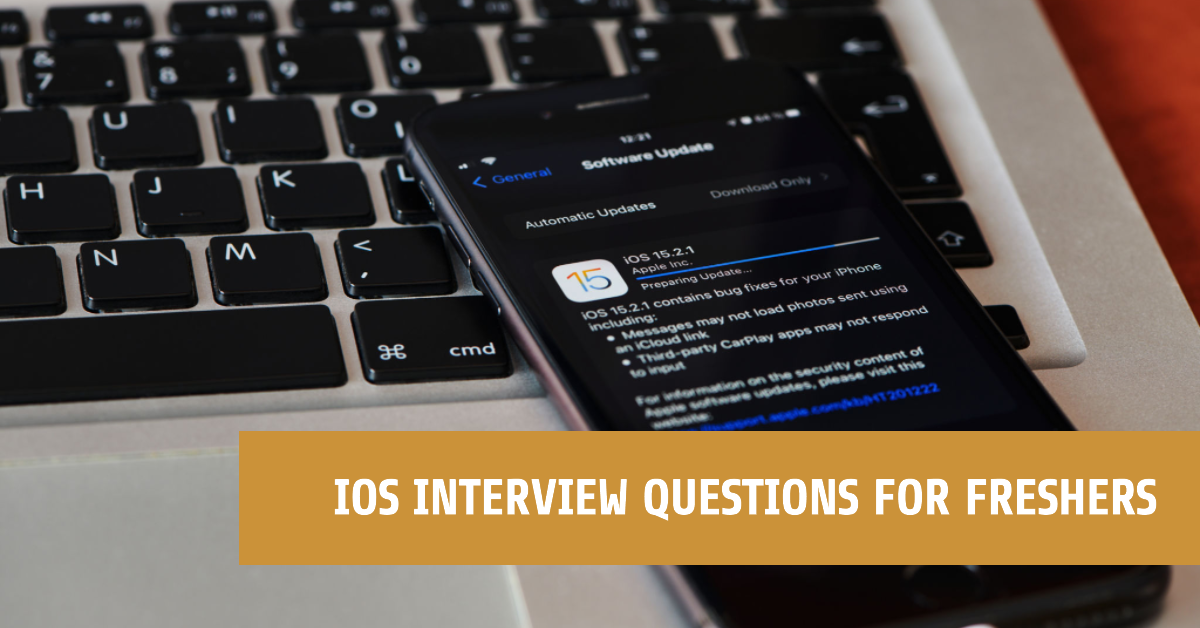Introduction
In October 2022, Google released the Pixel 7 series, garnering critical acclaim and accolades for its outstanding performance and impressive camera capabilities. As the tech world eagerly anticipates the launch of the Google Pixel 8 series, the Google Pixel 8 leak and rumors surrounding the upcoming flagship have started to surface, fueling excitement among enthusiasts. In this article, we will delve into the most notable speculations and expectations regarding all the Google Pixel 8 leaks, exploring its potential design, features, and release date.
Is the Google Pixel 8 Series Coming in 2023?
Given Google’s history of unveiling new flagship Pixels each year, it is highly likely that the Pixel 8 family will debut in 2023. According to a reputable German outlet, WinFuture, the Pixel 8 and Pixel 8 Pro, codenamed “shiba” and “husky,” respectively, are currently in development and set for release.
Expected Release Date of the Pixel 8 Series
Google has consistently unveiled its flagship phones in October, with the exception of the Pixel 5, which was released on September 30. Following this pattern, we can expect the Pixel 8 series to be launched in September or October 2023.
Design and Features of the Pixel 8 Series

Leaked images of the Google Pixel 8 Pro

Pixel 8 Pro: A Familiar Yet Refreshing Design
Leaked renders of the Pixel 8 Pro suggest that it will build upon the aesthetics of the Pixel 6 series. The Pro model features a flat display, departing from the design of previous Pro-level phones from Google. Additionally, the rear camera module showcases a slightly revamped design, with all three cameras enclosed in a single glass “pill,” different from the “pill + circle” design of the Pixel 7 Pro. Despite these changes, the overall dimensions of the Pixel 8 Pro closely match those of the Pixel 7 Pro.
Pixel 8: Smaller and Familiar
The leaked information indicates that the Pixel 8 will have a design similar to its predecessor, the Pixel 7. However, the Pixel 8 will be slightly smaller, offering users who prefer more compact flagship devices an attractive option.
A Peek at the Display
Noted leaker Kamila Wojciechowska reveals that the Pixel 8 Pro will sport a flat 6.7-inch panel, while the standard Pixel 8 will feature a 6.17-inch flat panel. This would make the Pixel 8’s display slightly smaller than the Pixel 7’s 6.31-inch screen.
Introducing the IR Thermometer Feature
A leaked tutorial video suggests that the Pixel 8 Pro will include an IR thermometer feature, allowing users to measure body temperature and even the temperature of objects by bringing the phone close to the forehead and then slowly moving it to the temple.
The Power of Google Tensor G3
The Pixel 8 series is expected to be powered by the next-generation Tensor processor, code-named “Zuma.” The G3 will feature a 1+4+4 CPU setup, including a Cortex-X3 (3.05GHz), four Cortex-A715 cores (2.45GHz), and four Cortex-A510 cores (2.15GHz). Additionally, the chipset will come with Arm Mali-G715 graphics, offering potential ray-tracing support and enhanced graphics capabilities. The Tensor G3 will also improve the cameras, including Staggered HDR, 8K/30fps video capture, and improved autofocus. Furthermore, the chipset will support MTE, contributing to a more secure experience.
Camera Upgrades
Pixel 8 Pro: Significant Camera Improvements
The Pixel 8 Pro is expected to receive substantial camera upgrades, including a shift from the Isocell GN1 primary camera found in the Pixel 6 and Pixel 7 to the newer Isocell GN2. This upgrade will enable 35% more light processing, the possibility of 8K/30fps video capture, and Staggered HDR. Furthermore, the Pro model will feature a new ultrawide camera with a 64MP Sony IMX787 sensor and an improved time-of-flight sensor for enhanced autofocus.
Pixel 8: One Camera Upgrade
The Pixel 8, on the other hand, is likely to see a single upgrade – the Isocell GN2 for the primary sensor, while the other hardware remains largely similar to that of the Pixel 7.
Other Specifications and Features
The Pixel 8 and Pixel 8 Pro are expected to feature impressive display specifications, RAM upgrades, and increased battery capacities, accompanied by faster charging speeds. Additionally, both models may receive new video unblur tools and further improvements to Night Sight. The series could also support Wi-Fi 7, with UWB exclusive to the Pro model.
Price Speculation
While the exact prices of the Pixel 8 series are yet to be confirmed, reliable leaker Yogesh Brar suggests that the Pixel 8 could see a price increase of $50 to $100 compared to the previous year’s models. This would mean a price range of $649 to $699. The Pixel 8 Pro’s price may increase by a similar amount. Around 55,000 to 60,000 in the Indian market.
Conclusion
As the Google Pixel 8 series prepares for its grand unveiling, enthusiasts and tech aficionados alike are eagerly awaiting the flagship’s release. With an array of exciting new features, design changes, and improved specifications, the Pixel 8 series is set to be an impressive addition to the smartphone market. Google’s commitment to innovation and delivering top-tier flagship devices is evident in the leaked information, raising expectations for the upcoming devices.
FAQs
- When will the Google Pixel 8 series be released? The Pixel 8 series is expected to be released in September or October 2023.
- What are the major design changes in the Pixel 8 Pro? The Pixel 8 Pro is expected to feature a flat display and a slightly revamped rear camera design.
- Will the Pixel 8 have a smaller form factor? Yes, the Pixel 8 is likely to be slightly smaller than its predecessor, the Pixel 7.
- What is the IR thermometer feature in the Pixel 8 Pro? The Pixel 8 Pro is rumored to include an IR thermometer feature allowing users to measure body and object temperature using the phone.
- What improvements will the Tensor G3 bring to the Pixel 8 series? The Tensor G3 will bring upgrades to the cameras, including Staggered HDR and 8K/30fps video capture, and improved autofocus. It will also support MTE for enhanced security.





